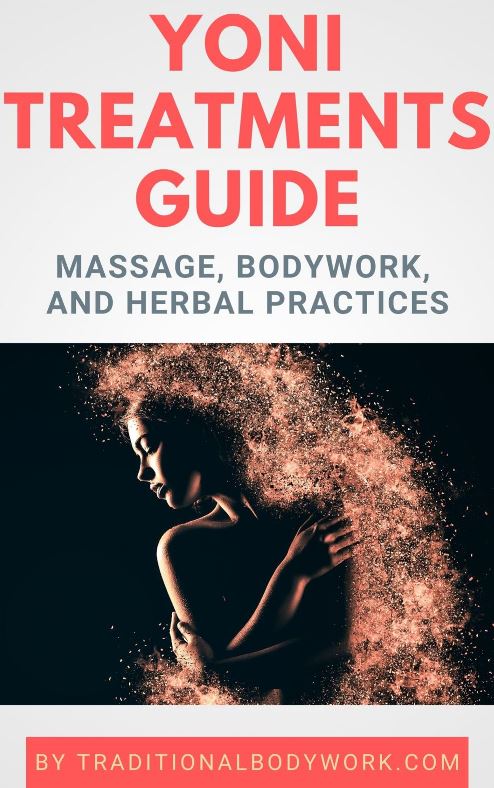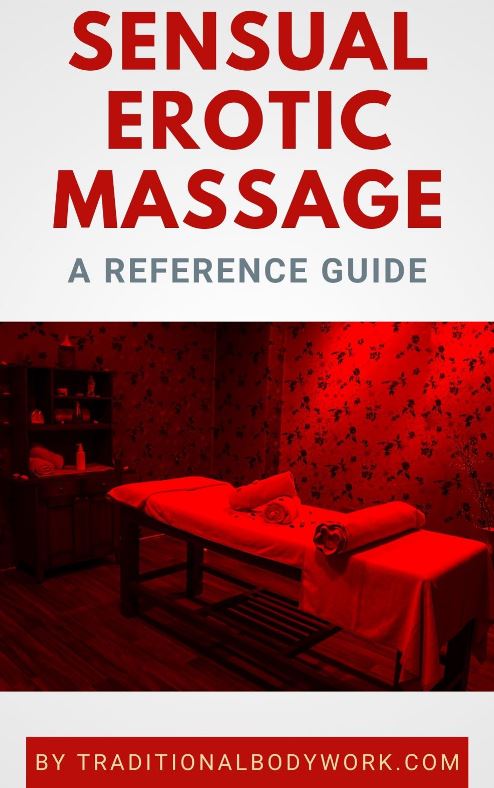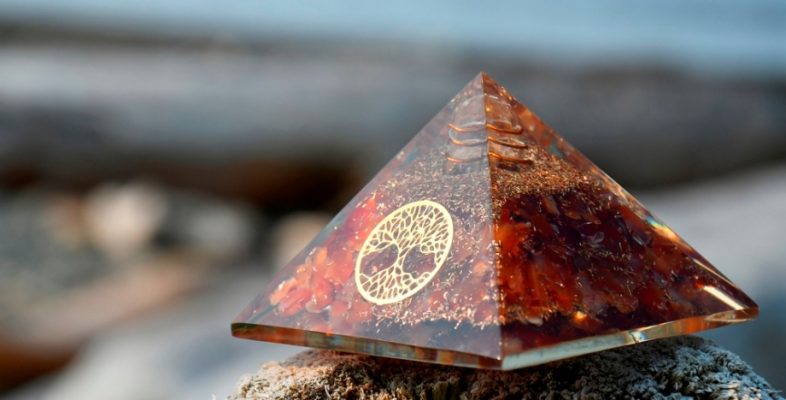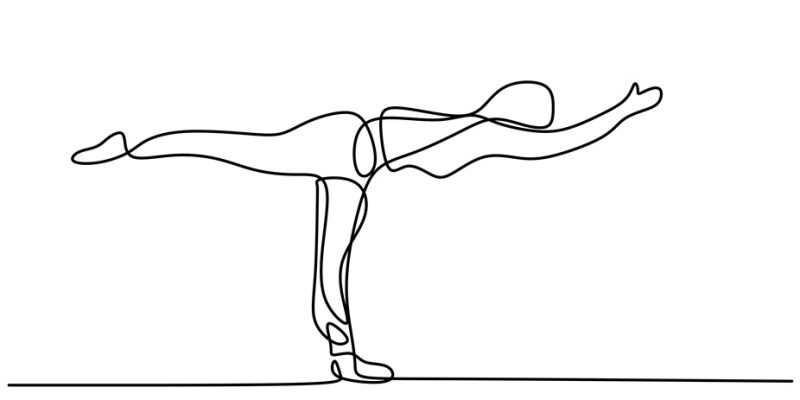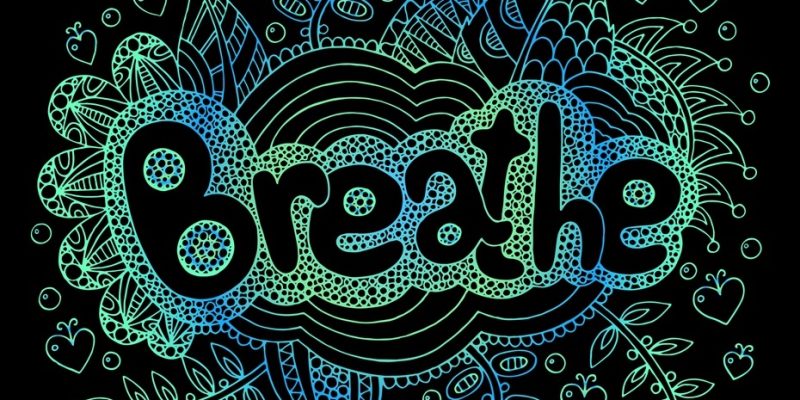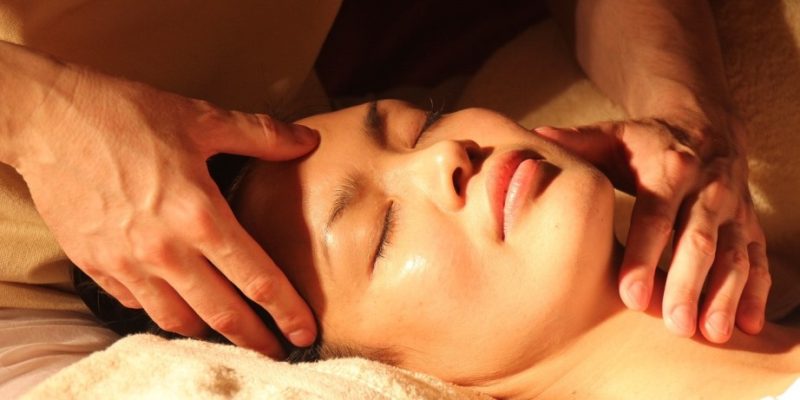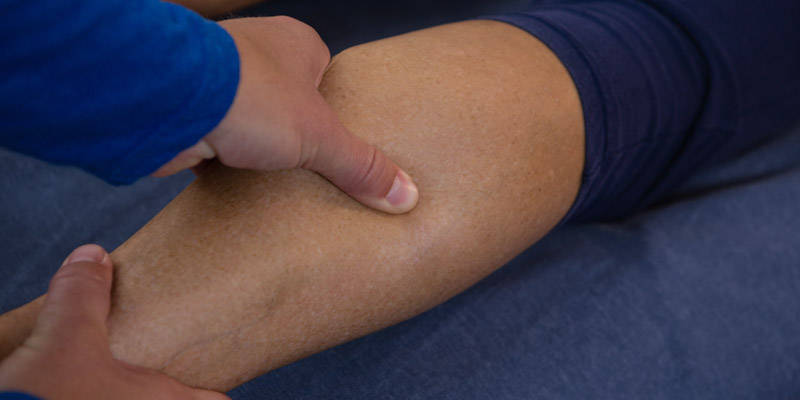
Vegetotherapy is a somatic psychotherapeutic treatment developed around 1935 by Wilhelm Reich, an Austrian psychoanalyst. Reich later renamed Vegetotherapy to Psychiatric Orgone Therapy, aligning and integrating it more closely to his Orgone Life Energy theories. Today, you will also find it mentioned as Medical Orgone Therapy, Orgone Therapy, Orgonomy Therapy, or Reichian Therapy.
The core concept of Vegetotherapy is based on the idea that traumatic emotions are “stored” in the body as physical manifestations and tensions in the form of a so-called Body Armor (also called Muscular Armor or Emotional Armor), which is a physical defense mechanism to keep unresolved emotions in check, that is, repressed.

According to Reich, this Body Armor is the result of one’s Character Armor, which consists of specific psychological or character traits that serve as an emotional defense mechanism. Reich analyzed and explained the different types of Character Armors in his book Character Analysis, which has become an integral part of the study to become a practitioner of Vegetotherapy or Orgone Therapy.
A person’s Body Armor — often also written in British English as Body Armour — sustains the Character Armor physically through muscular contractions and keeps that person living in falsity, and in chronic physical and emotional distress. Subsequently, by releasing or alleviating the person’s Body Armor one can heal emotionally from traumatic experiences, and physically relax by letting go of tensed body parts or areas.
Emotionally or trauma-induced bodily tensions (physical tightness and stress due to repressed emotions) may be exposed as shallow or difficult breathing, postural issues, distorted facial expressions, muscular pain and constrictions, mobility, motility, and flexibility problems, and low libido, among other conditions.
Vegetotherapy can consist of helping the patient to physically simulate the bodily effects of strong emotions so that the patient can come to understand and release those emotions and their underlying physical tensions, which is a form of Abreaction (reliving an experience in order to purge it) or Catharsis.
Other techniques — much used today in a range of Body-Oriented Psychotherapy treatments — are to work on bodily areas that have muscular tensions, which then triggers the underlying trauma and stored emotions to come up to “the surface” and thus releasing those, that is, flushing them out of the physical, emotional, and mental system.

Hence, the therapeutic work carried out may consist of (a combination of) massage, abdominal therapies, breathwork, palpation, pressure, and acupressure, bioenergy work, movement and trauma simulation exercises, and various other types of touch and bodywork.
The person who experiences emotional release of unresolved trauma may exhibit certain physical purging manifestations, such as screaming, crying, trembling, shaking, and/or vomiting, but also intense joy and relief, among other expressions, which may occur during or (days) after the actual Vegetotherapy treatment. These phenomena are considered a kind of healthy detoxification as well as a restoration effort of body and mind in order to find a new equilibrium.
Wilhelm Reich has influenced many contemporary Body-Mind and Energy Healing therapies, including Tantric bodywork and massage, Somatherapy, Eco-somatics, Abdominal Massage, Dance Movement Therapy, Sexological Bodywork, Bioenergetic Analysis, Bioenergetic Therapy, Biodynamic Massage, and what today goes by labels such as Psychodynamic Therapy, Somatic Psychology, Body Psychotherapy, or Body-Oriented Psychotherapy.


